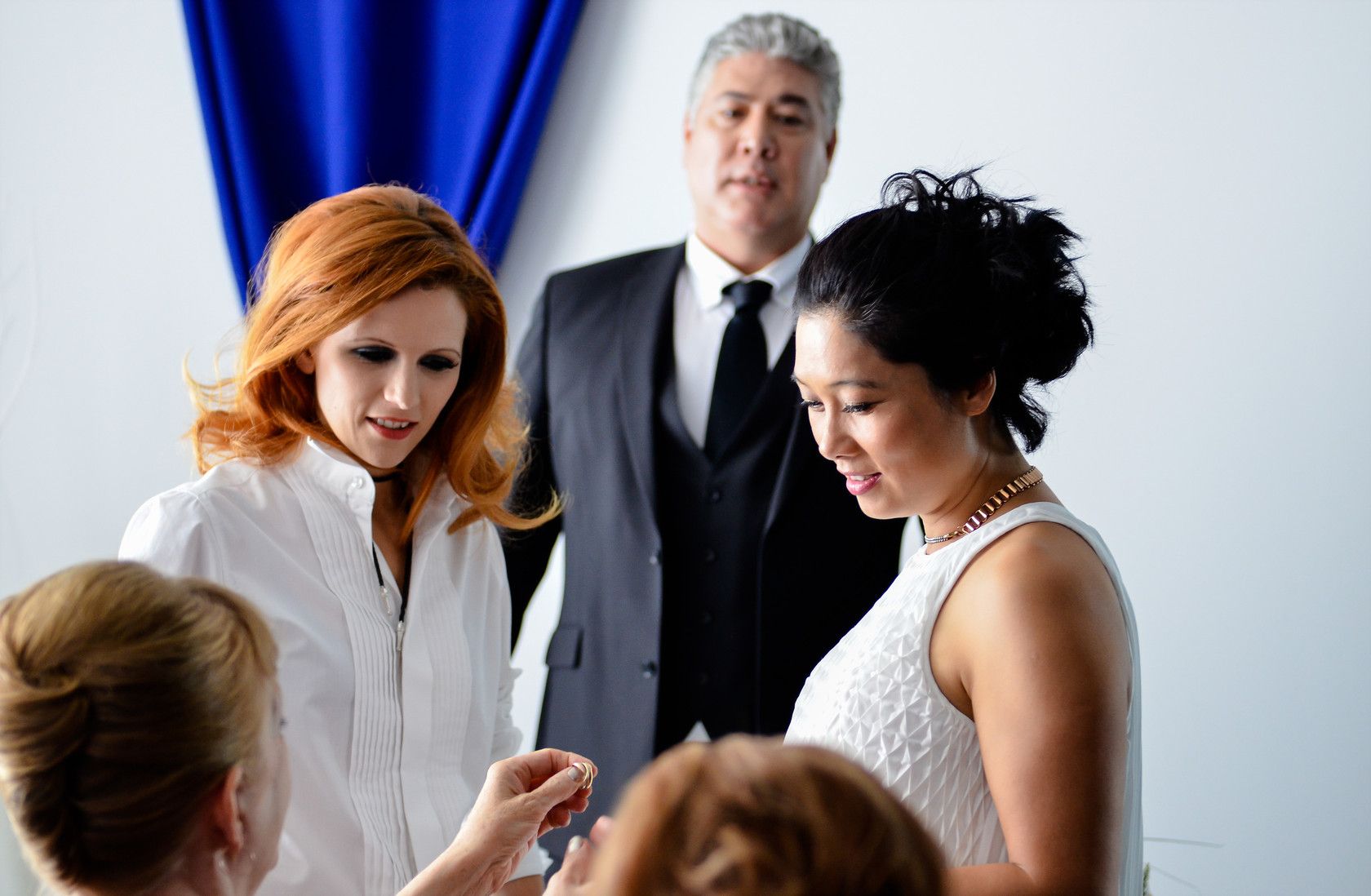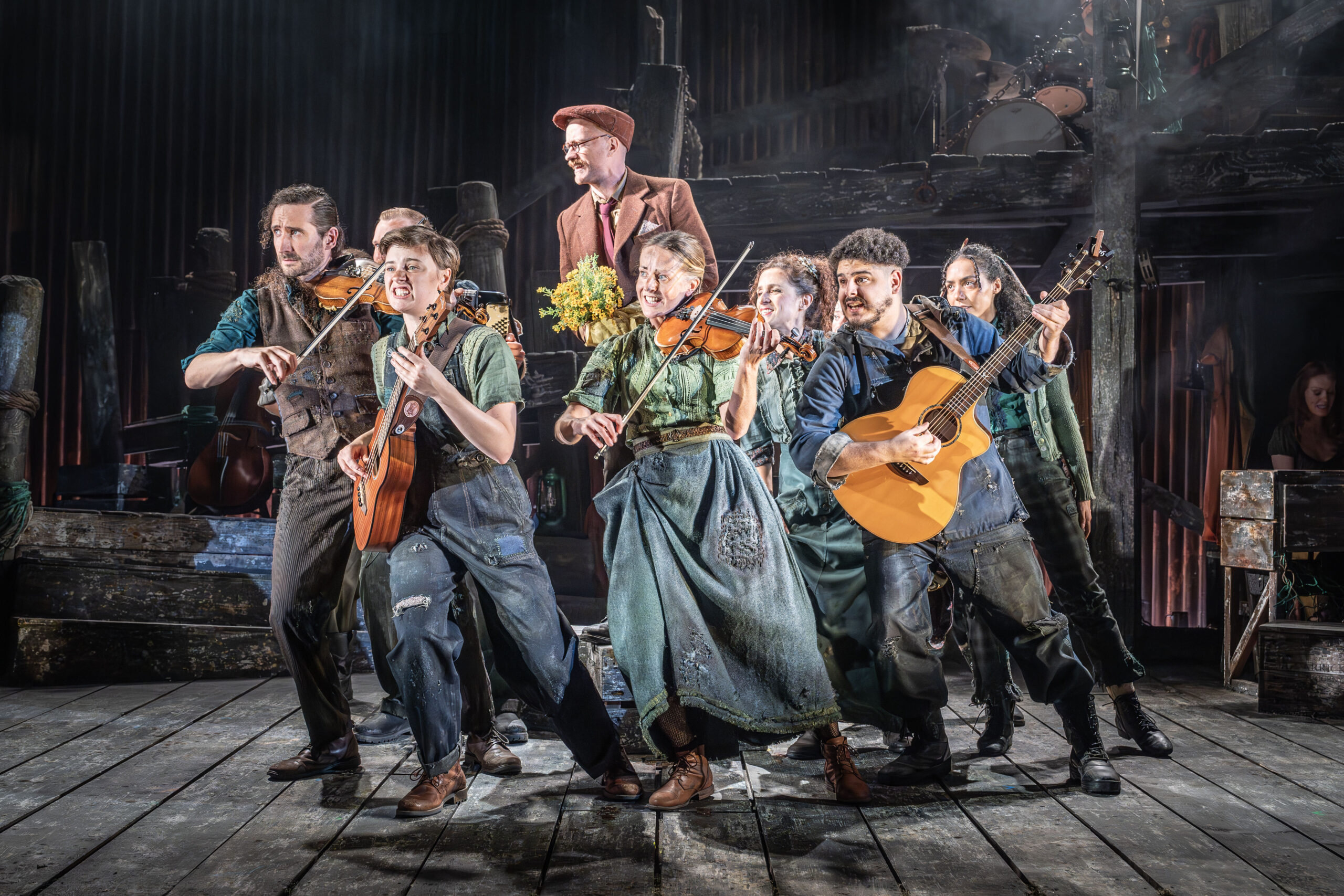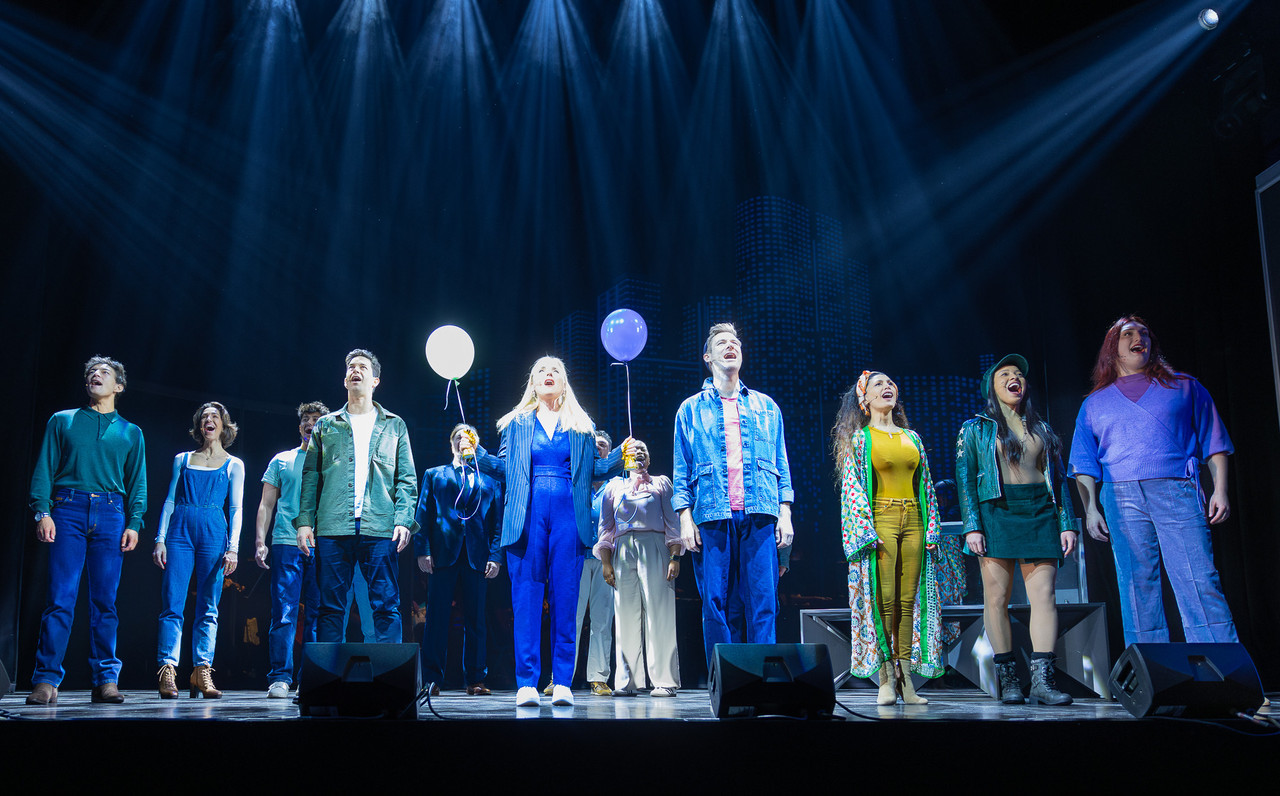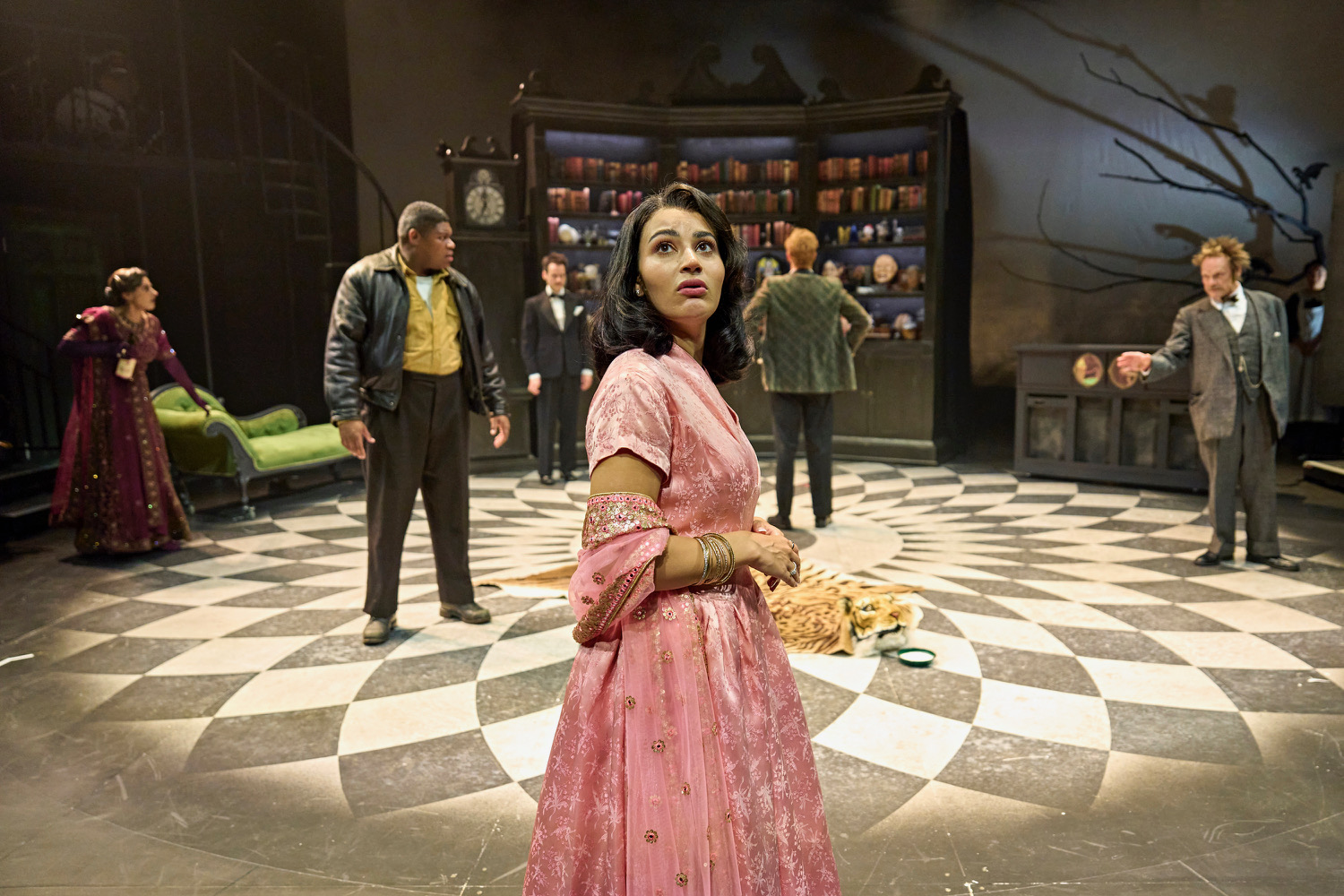How the visibility and authenticity of lesbians and queer women has progressed on the small screen, and what still needs to be done.
Let me take you back to 1994 and the first time I saw myself represented on screen. The nation is watching their favourite soap opera of the time, Brookside, and we see two women in a relationship kiss. This wasn’t just my first time seeing two women kiss on TV – it was the first time I’d seen two women kiss ever!
I know many of you may be thinking, ‘Why is that such a big deal?’ It was a big deal because I, the country and the world and all the lesbians and queer women in it had never seen anything like this on mainstream television before. Lesbians had barely any representation on screen, certainly none that I had seen and this moment on national television was a landmark.
The First Lesbians on Television
Alison Steadman and Myra Francis made history in the 70s when their army officer characters shared a passionate kiss in BBC Two drama, Second City Firsts. It was the first time a lesbian kiss had been seen on British TV, albeit in the late evening schedule.
We had to wait until 1994 to see lesbians kiss for the first time on pre-watershed television – that episode of Brookside made headlines in newspapers the very next day. Channel 4 were responsible for showing the pre-9pm lesbian kiss, although it was more than just a kiss, it was two female characters in a relationship. This was a huge day in lesbian and queer female hearts across the country and 30 years later, I still remember that scene.
Another huge moment came in one of the biggest shows around at the time and one we still watch on repeat now – Friends. In 1996, Friends aired the first ever lesbian wedding – the wedding of Carol and Susan. The world was starting to see women loving women. Granted, it was a rarity, still not ‘accepted’ or seen as the norm and it was usually followed by some sort of controversy, but at least we were being represented.
The following year there was another moment in lesbian television history that I, and many others, will never forget. One of the biggest TV series streaming from the US at the time was The Ellen Show. Of course, we all know who Ellen DeGeneres is now – how open and proud she is. She’s a legend in the LGBTQI+ community and an icon for leading the way as an out lesbian in television. But in 1997, it was a different story. I was still young, but I would wait up till 11pm when it was shown in the UK and watch the series because I connected to Ellen in a way I couldn’t, then, understand.
In 1997, The Puppy Episode aired. This was the moment that Ellen (the character and the person) announced she was gay to her love interest in the series, Laura Dern. This was huge! She, as well as her character, came out to millions of viewers and it felt like a turning point in lesbian visibility. It felt real, raw and a chance for change.
Coming Out on Television
Ellen was on the cover of magazines with the title ‘Yep, I’m Gay’, and my little heart raced. Surely now more lesbian celebrities and characters would start showing up in the mainstream?
Less than a year after The Puppy Episode, ABC cancelled the show due to poor ratings. It seemed the world wasn’t ready for an out lesbian on their TV. The show ended and it seemed that was the end of Ellen’s television career. She was the most popular TV personality for years, yet after that ‘coming out’ episode, she and the show were cancelled. Ellen has said she was warned about coming out, that it would ruin her career and she said that for over three years, it did.
Authentic Lesbian Representation
A show that changed the landscape for lesbian/queer women was Showtime’s The L Word, which aired in the US in 2004. It smashed boundaries, showing lesbian sex, lifestyles, relationships and friendship groups. It showed lesbian life. There simply wasn’t anything like it and there hasn’t been since.
The L Word was produced and written by lesbians for lesbians. That authentic representation of queer female life came through on screen and in the writing. There were characters we could all relate to and showed that female sexuality is not forbidden or hidden.
A similar series from the UK which showed that same authenticity was Different for Girls. It streamed online in 2016 and like The L Word, it was produced and written by and for the lesbian community.
Then, in 2005, another round of applause for Channel 4 as they broke new ground with LGBTQ+ content, this time with the series Sugar Rush. The series followed a 15-year-old girl navigating her feelings for her best friend, ‘Sugar’. For a British production, this was a turning point for lesbian visibility on screen. It showed a teenager trying to understand her feelings for her female best friend, it allowed teenagers across the UK to identify with someone the same age as them and it showed queer female teenagers that they weren’t alone and were seen.
In 2010, Kudos Film and Television brought out Lip Service on BBC Three, written by Harriet Braun. It followed the lives of a group of 20-something lesbians living in Glasgow. Britain was now starting to see authentic lesbian lives being represented on screen.
Lesbian Representation Today
When people talk vocally in the industry about ‘authentic queer representation’, they are usually referring to queer male representation. While there are lesbian characters in shows, films and commercials around the world, there still isn’t enough visibility for us in the way that there is with our gay male counterparts.
Since The L Word, Sugar Rush and Lip Service, where has the authentic portrayal of queer/lesbian female life gone? Where are the shows written by and for the lesbian community? From the success of these shows, the viewers are clearly there and those viewers want their voices heard. They want to see themselves represented on the screen with their queer/lesbian families, friendships, dramas and love.
With that in mind, I want to applaud a wonderful lesbian ally, Sally Wainwright, for writing and creating beautiful queer females for mainstream television, from Last Tango in Halifax to Gentleman Jack. The same goes for Ilene Chaiken, Michelle Abbott, Mae Martin, Harriet Braun, Kathy Greenberg and all the other creators of lesbian characters.
Working as an ‘Out’ Actor in the Industry
In my 20+ years in this industry, I’m pleased that I’ve had the chance to play queer female roles in the biggest shows in my career, including Marcella, Cheaters and Different for Girls. I’m proud to be part of the authentic, queer female visibility on screen and to provide the representation that we, as a community, deserve.
While I’m thrilled that we’ve moved forwards from the days of Brookside and more queer/lesbian female characters are being seen on screen, it’s still not enough. We need more funding for lesbian and queer female stories. We need to see more lesbian writers being given the opportunity to have their stories greenlit, and more lesbian directors getting the chance to make waves in the industry.
We have moved milestones in the past 30 years. I hope we continue to keep moving forward.
 Victoria Broom is an award-winning actor known for playing Karen in BBC1 Comedy series ‘Cheaters’ and Sasha Kyte in the International Emmy-winning series ‘Marcella’.
Victoria Broom is an award-winning actor known for playing Karen in BBC1 Comedy series ‘Cheaters’ and Sasha Kyte in the International Emmy-winning series ‘Marcella’.
Victoria has been listed as the top 100 LGBTQI people in the UK, in the Guardian newspaper’s, ‘Pride Power List’. She is passionate about discussing queer visibility in front of and behind the camera.
Headshot by YellowBelly.


















